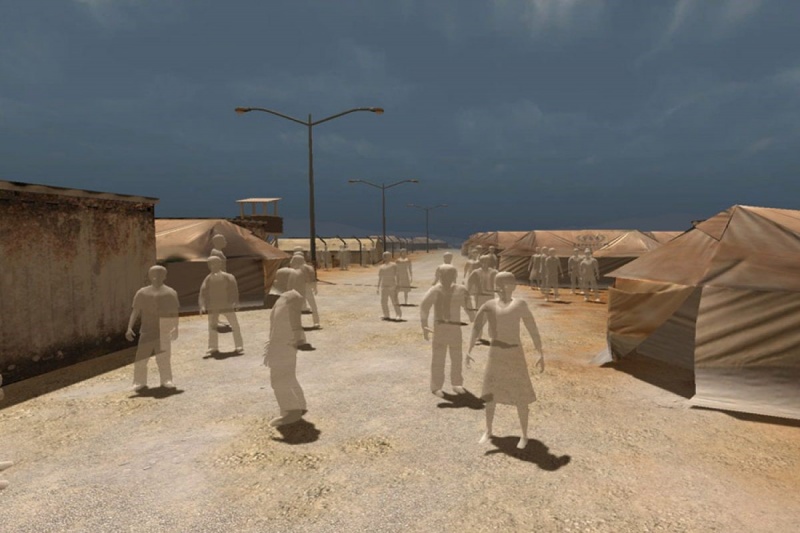Immersive Journalism & Documentary: Difference between revisions
No edit summary |
No edit summary |
||
| Line 24: | Line 24: | ||
'''ARTICLES''' | '''ARTICLES''' | ||
[[File:Creating VR Journalism.png|600px]]<br /> | [[File:Creating VR Journalism.png|600px]]<br /> | ||
Virtual Reality Journalism - A guide for best practices | ''Virtual Reality Journalism - A guide for best practices'' | ||
Link: https://www.pbs.org/wgbh/frontline/article/creating-virtual-reality-journalism-a-guide-for-best-practices/ | Link: https://www.pbs.org/wgbh/frontline/article/creating-virtual-reality-journalism-a-guide-for-best-practices/ | ||
Article as file: [[File:Virtual_Reality_Journalism-_A_guide_for_best_practices.pdf|Virtual_Reality_Journalism-_A_guide_for_best_practices]]<br /> | Article as file: [[File:Virtual_Reality_Journalism-_A_guide_for_best_practices.pdf|Virtual_Reality_Journalism-_A_guide_for_best_practices]]<br /> | ||
Revision as of 16:56, 17 October 2018

Project Syria (c) Nonny de la Peña 2014
DEFINITIONS
(1) "The fundamental idea of immersive journalism is to allow the participant to actually enter a virtually recreated scenario representing the news story. The participant will be typically represented in the form of a digital avatar – an animated 3D digital representation of the participant, and see the world from the first-person perspective of that avatar."
SOURCE: Nonny de la Peña
(2) Second definition needed
EXAMPLES OF IMMERSIVE JOURNALISM
'Zero Days' (Emmy award winner, 2018)
HISTORY
LINKS & REFERENCES
with Nonny de la Peña
ARTICLES
Virtual Reality Journalism - A guide for best practices
Link: https://www.pbs.org/wgbh/frontline/article/creating-virtual-reality-journalism-a-guide-for-best-practices/
Article as file: Virtual_Reality_Journalism-_A_guide_for_best_practices
